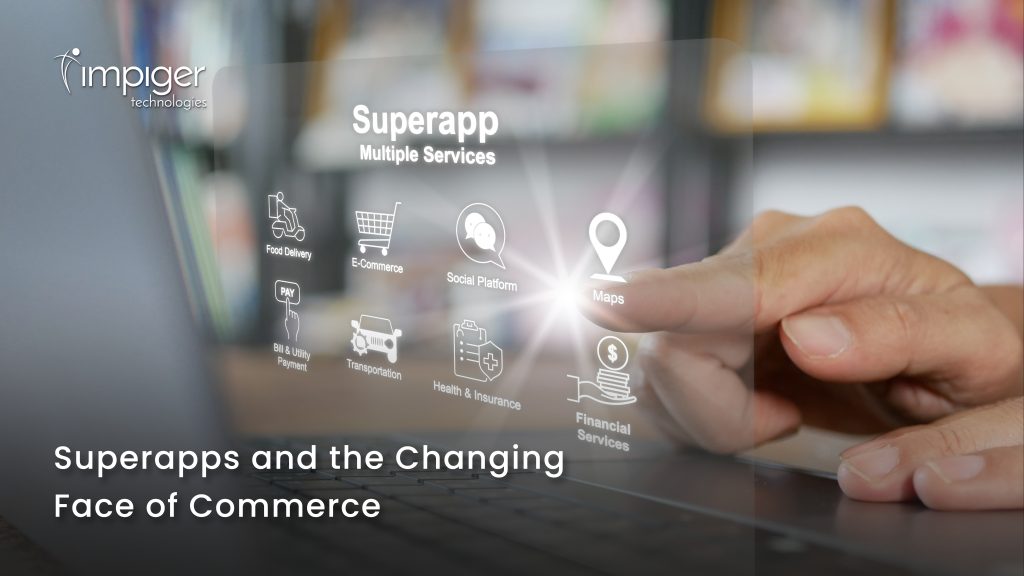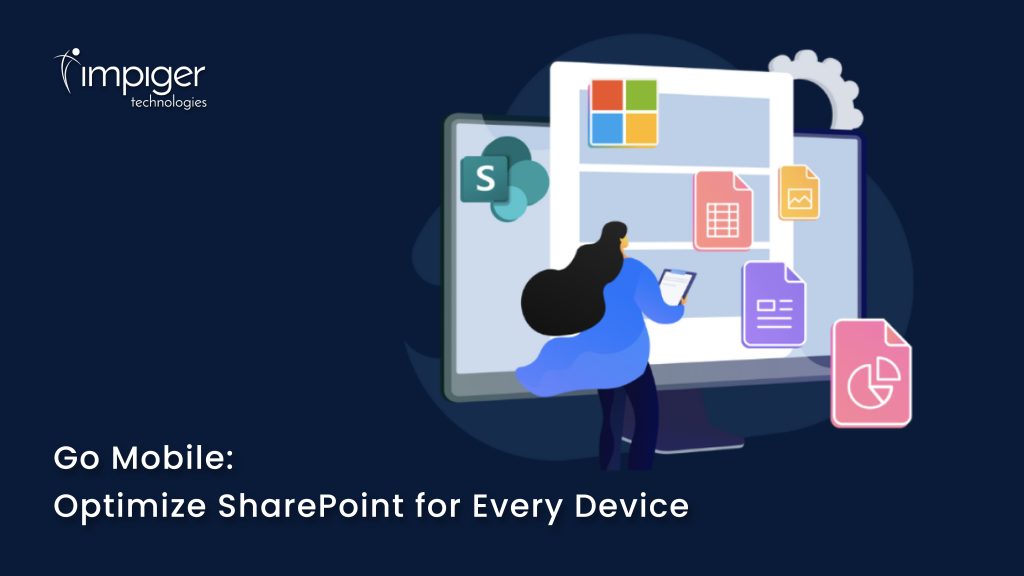Introduction
In today’s digital workplace, the need for effective communication and collaboration is paramount. Modern intranet portals are evolving to meet these demands, incorporating social features that transform them from static information repositories into dynamic, interactive platforms. These social features play a critical role in enhancing employee engagement, fostering a collaborative culture, and improving overall productivity. Let’s explore how social features are reshaping the landscape of intranet portals.
Enhancing Communication and Collaboration
One of the primary benefits of social features in intranet portals is the enhancement of communication and collaboration among employees. Features like real-time chat, discussion forums, and social feeds allow for seamless interaction, breaking down silos and fostering a sense of community.
- Real-Time Chat and Messaging: Tools like instant messaging and chat rooms enable quick and direct communication, making it easier for employees to collaborate on projects, ask questions, and share ideas without the delays associated with email.
- Discussion Forums: These forums provide a space for employees to discuss topics, share knowledge, and seek advice from their peers. They serve as a valuable resource for troubleshooting, brainstorming, and continuous learning.
- Social Feeds: Similar to social media platforms, intranet social feeds keep employees updated on company news, events, and important announcements. This feature ensures that everyone stays informed and engaged with the latest developments.
Building a Stronger Community
Social features in intranet portals help in building a stronger, more connected community within the organization. They provide employees with platforms to express themselves, share their achievements, and recognize the contributions of others.
- User Profiles and Directories: Detailed user-profiles and directories make it easy for employees to find and connect with colleagues across different departments and locations. This connectivity fosters a sense of belonging and helps new employees acclimate more quickly.
- Recognition and Rewards: Features that allow for peer recognition, such as “employee of the month” shout-outs or kudos for a job well done, help in boosting morale and creating a positive work environment.
- Social Groups and Communities: Creating groups based on interests, projects, or departments encourages employees to engage with each other on both professional and personal levels. These groups can be instrumental in driving collaboration and innovation.
Facilitating Knowledge Sharing
Knowledge sharing is a crucial aspect of any organization’s success. Social features in intranet portals make it easier to capture, store, and disseminate knowledge across the organization.
- Blogs and Articles: Allowing employees to write and share blog posts or articles on the intranet helps in capturing valuable insights and expertise. These contributions can serve as a reference for others and stimulate intellectual growth within the organization.
- Wikis and Collaborative Documents: Wikis and collaborative documents enable employees to co-create and edit content in real-time, ensuring that the most accurate and up-to-date information is available to everyone.
- Q&A Platforms: These platforms allow employees to ask questions and receive answers from their colleagues, creating a searchable knowledge base that can be referenced in the future.
Driving Employee Engagement
Engaged employees are more productive, more satisfied with their jobs, and more likely to stay with their organization. Social features in intranet portals are powerful tools for driving engagement.
- Interactive Content: Polls, surveys, and interactive content keep employees actively participating and provide valuable feedback to management.
- Event Management: Social features can help promote and manage company events, encouraging participation and fostering a sense of community.
- Gamification: Incorporating gamification elements, such as badges, points, and leaderboards, can make using the intranet more enjoyable and encourage regular interaction.
Improving Organizational Culture
A strong organizational culture is essential for long-term success. Social features in intranet portals can help reinforce company values and cultivate a positive workplace culture.
- Mission and Values Communication: Regular updates and stories highlighting how employees are living the company’s mission and values help in embedding these principles into everyday work life.
- Employee Feedback and Input: Providing platforms for employees to share their opinions and feedback ensures that they feel heard and valued, which is crucial for maintaining a positive culture.
Conclusion
The integration of social features into modern intranet portals is more than just a trend—it’s a necessity for organizations looking to thrive in the digital age. These features not only enhance communication and collaboration but also build a stronger community, facilitate knowledge sharing, drive engagement, and improve organizational culture. By leveraging the power of social features, companies can create a more connected, engaged, and productive workforce, ultimately leading to greater overall success. Investing in a robust intranet portal with comprehensive social features is a strategic move that can yield significant long-term benefits for any organization. As the workplace continues to evolve, those who prioritize and effectively implement these tools will be well-positioned to lead the way in fostering innovation and growth.
Blog Reviewed by Kumaresan Selvaraj











